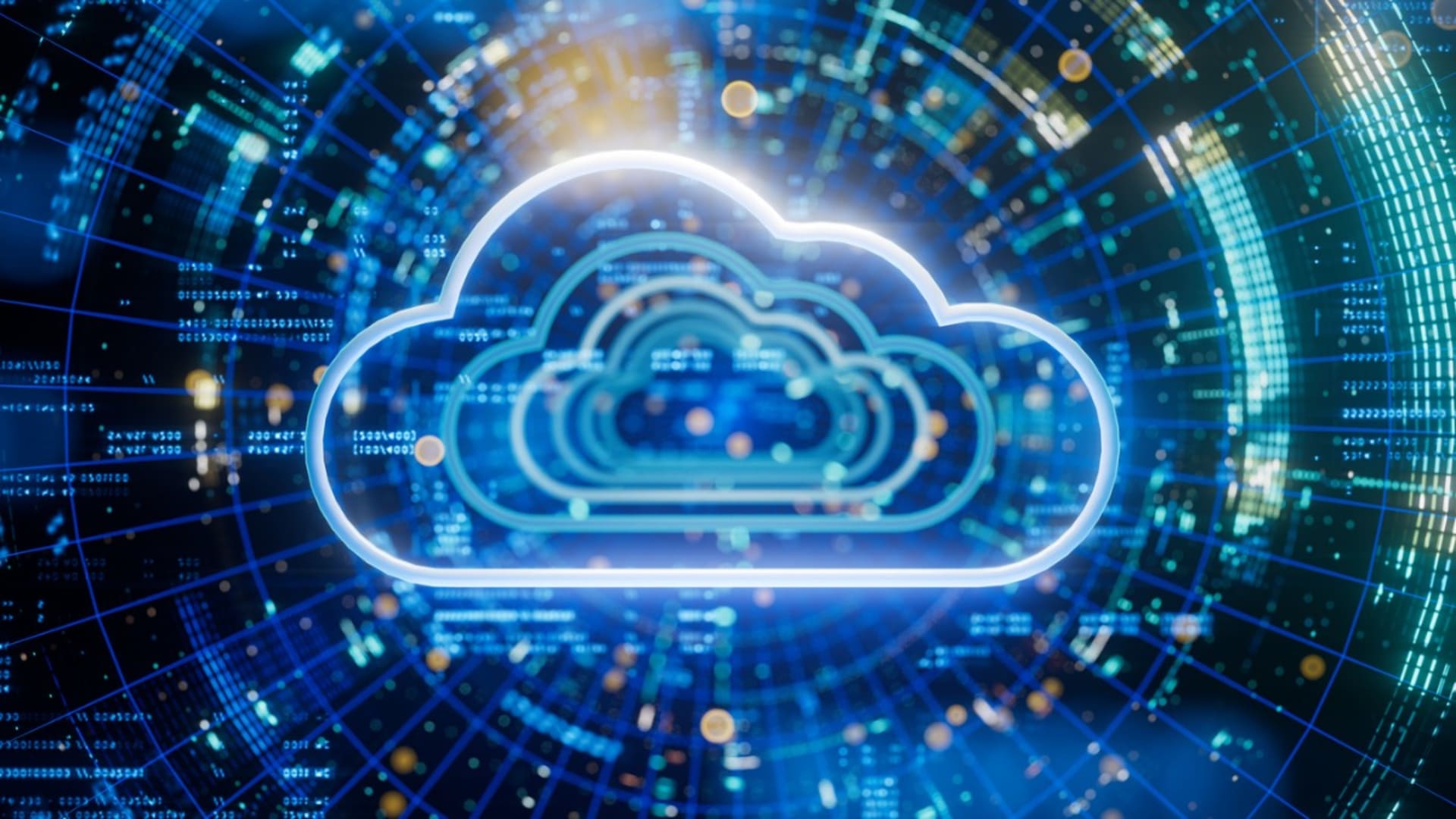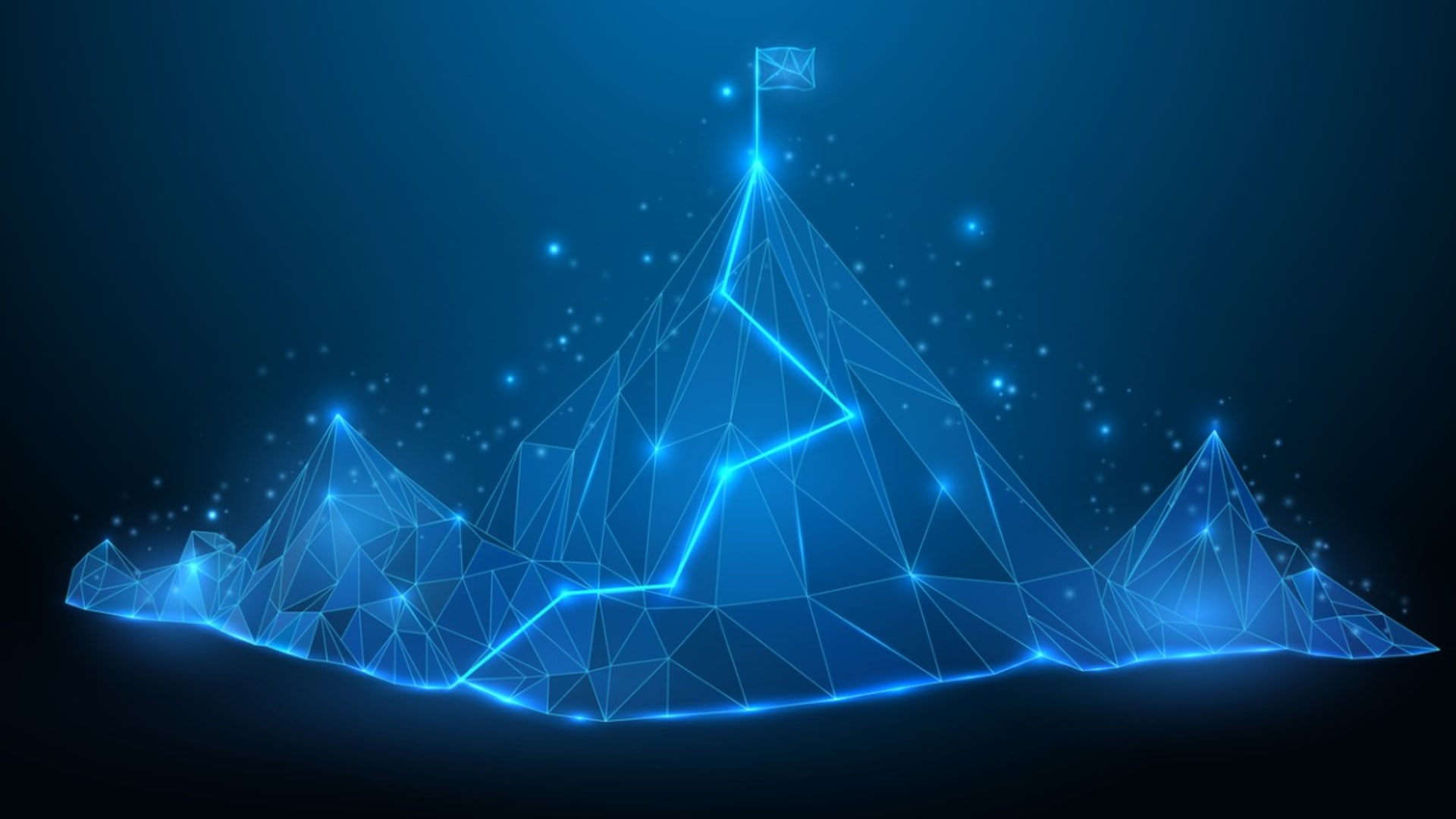The creation of cloud-based technologies revolutionized the way modern businesses and users access and use their data. Taking this tech a step further, edge computing offers the ability to bring information storage and computing abilities closer to the info-producing devices and the users consuming them. Edge computing involves processing data much closer to its source, such as IoT devices, while cloud computing involves centralized processing in massive data centers elsewhere.
Both computing paradigms offer many benefits and cater to a variety of computation needs. However, without understanding the differences, strengths, and weaknesses of edge computing vs cloud computing, company decision-makers could end up with not an ideal tech for their business’s unique needs.
What is Cloud Computing?
Cloud computing involves accessing and storing computing services, like software, data, servers, and other storage, over the Internet instead of relying on on-premises or local hardware. Users access and store data and resources in centralized data servers with the ability to access it from virtually anywhere in the world.
A centralized data center offers on-demand access to shared computing resources and enhanced cost-efficiency, flexibility, and scalability on-demand. Depending on the employed cloud computing model, this method allows companies to rid themselves of expensive physical infrastructure in favor of harnessing the power of the internet for their computing needs.
Benefits of Cloud Computing
Cloud services offer businesses many benefits compared to traditional computing methods. The pay-as-you-go nature of these service models allows companies to avoid underutilizing or over-provisioning their computing resources for enhanced cost-efficiency while allowing for on-demand scalability; companies only pay for what they use.
Cloud computing enables users to access resources and data remotely from virtually anywhere while collaborating with teams. Many cloud providers also integrate disaster recovery and backup systems as standard features to help businesses ensure service continuity and safeguard their data.
Limitations of Cloud Computing
Some users experience occasional latency issues in the time it takes to transmit data between users and more distant cloud servers, with a potential impact on operations demanding real-time transmissions. Using a centralized cloud creates security concerns as this form of storage is an attractive target for cybercriminals. Cloud solutions also heavily rely on an internet connection, or users face disruptions without it or with connectivity problems.
What is Edge Computing?
Instead of processing and storing data in centralized data centers, edge computing processes data near its source. This helps reduce latency problems while enabling real-time data analysis and faster response times.
Definition and Basics
The main idea behind edge computing is to emphasize data processing as close to its generation source as possible, like in the cases of Internet of Things devices or local servers. This not only helps ensure rapid data analysis and reduced latency but also prioritizes efficiency and speed. The decentralized nature of edge computing’s data processing means data travels a much shorter distance to optimize response times.
Benefits of Edge Computing
Reduced latency with rapid responses is the stand-out benefit of edge computing. Locally processing data in edge computing helps minimize exposure risks to bolster security by requiring less data to travel via the internet. This also significantly reduces the transmitted data volume over networks, offloads traffic, and mitigates potential bottlenecks.
Limitations of Edge Computing
Although a highly sought-after tech, edge computing doesn’t come without its limitations.
Scalability is more difficult with this type of computing, which sometimes limits companies dealing with large-scale operations or data volumes.
Its decentralized nature increases costs in some cases, as setting up and managing multiple edge sites is comparatively more expensive than alternative methods. Edge computing systems also require more skills-intensive management compared to cloud computing systems due to the need for both maintaining and updating a more dispersed infrastructure.
Comparing Edge Computing vs Cloud Computing
The choice between edge computing and cloud computing boils down to the right balance of power with proximity.
Speed and Latency
Processing data closer to its source gives edge computing the ability to minimize latency issues. Cloud computing requires data to travel a much longer journey from its original source to a remote data center, sometimes creating latency and lags. Although these problems are only in seconds in some cases, they potentially lead to critical issues in real-world scenarios like self-driving cars, where a split-second delay could jeopardize user safety.
Scalability and Flexibility
One of the most significant benefits of employing a cloud computing strategy is its easy scalability and flexibility, thanks to nearly unlimited resources. Edge computing contrastingly constraints users in some cases due to its localized nature. For businesses going through a period of unprecedented growth or those running larger-scale apps, the cloud’s offering of rapid scaling is an essential benefit. For instance, e-commerce platforms need the ability to handle sudden traffic surges during sale events or risk losing customers.
Security Implications
Security must always remain a top priority for both computing models. Centralized data in cloud platforms is a goldmine for cybercriminals thanks to a significant amount of information in one place. Edge computing also acts as a lucrative target but for opposite reasons than the cloud, as its decentralized nature means managing security across various devices. To combat these risks, cloud users must make robust encryption and multi-factor authentication priorities. For edge computing, this means securing each individual Edge device and ensuring regular security updates as a proactive strategy.
Data Processing
Data analysis in any computation system involves converting raw information into a meaningful output through a series of fundamental steps. Data acquisition consists of gathering raw data from various sources to move it to storage while ensuring its availability for future use. After this collection period, the data undergoes examination and analysis via algorithms for deriving insights. The system then generates an output like a report, visual representation, or action, depending on the analyzed data.
Data Processing in Cloud Computing
Cloud computing is an ideal method for organizations dealing with enormous data sets as providers offer computational power and storage at an unprecedented scale. By utilizing multiple servers, the cloud also enables parallel processing to achieve accelerated results for simultaneous tasks. Major cloud providers like AWS and Google Cloud offer users integrated tools and services for data analytics to optimize their processing.
Edge Computing: Process Time-Sensitive Data
Thanks to Edge computing’s ability to process data locally, the data is analyzed immediately to ensure swifter responses for apps needing real-time analysis and processing. By working as near the source as possible, edge computing offers insights into specific conditions and the immediate surroundings of the source device to offer more context-aware data analysis. The nature of this computing method reduces the need to transmit large amounts of raw data across networks to make more efficient use of bandwidth as well.,
Cost Implications
Cloud computing models typically offer companies savings in setup costs as it doesn’t require physical infrastructure. The pay-as-you-go nature of this method presents predictable operational costs as well. However, ongoing subscription fees add up over time. Edge computing requires higher up-front costs for device setup, however, it saves money on data transmission costs over time. Compared to the cloud, maintenance for a decentralized edge environment is pricier due to managing many different devices.
Future Predictions and Trends
With promising trajectories, the cloud will continue serving as a go-to option for large-scale organizations, while edge computing caters to localized, real-time app needs. Fog computing, a new trend on the rise, is a hybrid of both options, which bridges the gap between the edge and cloud by distributing processing between edge devices and cloud centers. This balanced approach suggests a future of utilizing both solutions to optimize computing.
Use Cases: When to Use Which
Choosing between edge and cloud computing depends on the specific use case, storage demands, required response times, and processing capabilities.
Ideal Scenarios for Cloud Computing
Situations requiring powerful processing with storage capabilities suitable for vast amounts of information are ideal for cloud computing. Collaboration platforms, for example, benefit from the centralized nature of the cloud and its facilitation of seamless interactions worldwide. Startups and growing companies benefit from the easy scalability of the cloud as it doesn’t require significant upfront investments in infrastructure with dynamic resources.
Ideal Scenarios for Edge Computing
Edge computing is an excellent option for scenarios demanding immediacy and context-awareness. For example, IoT devices and virtual assistants, by processing data locally at the edge, achieve faster responses and more efficient data utilization. Autonomous vehicles also use edge computing for making decisions in real time for enhanced safety and efficient navigation.
Conclusion
Although distinct computing paradigms, both edge and cloud computing, enhanced by staff augmentation strategies, continue shaping the digital landscape of today and tomorrow. These technologies differ in functionalities, yet share the goal of optimizing data processing to fit specific user needs. The complementary nature of both, bolstered by the integration of specialized staff, underscores their collective importance as pivotal parts of modern computing and business operations, powering the future of digital innovation.
FAQ
Is edge computing replacing cloud computing?
No, edge computing isn’t replacing cloud computing; the technologies complement each other by catering to different scenarios and requirements.
Which is more secure: edge or cloud computing?
Both edge and cloud computing offer security benefits. Edge computing minimizes data exposure while processing, but managing multiple devices remains challenging. Cloud service providers offer advanced security measures while also existing as attractive cyberattack targets.
Do I need to choose between edge and cloud?
Organizations don’t need to choose between the edge and the cloud, instead, they can utilize a hybrid approach to benefit from the offerings of both methods.







